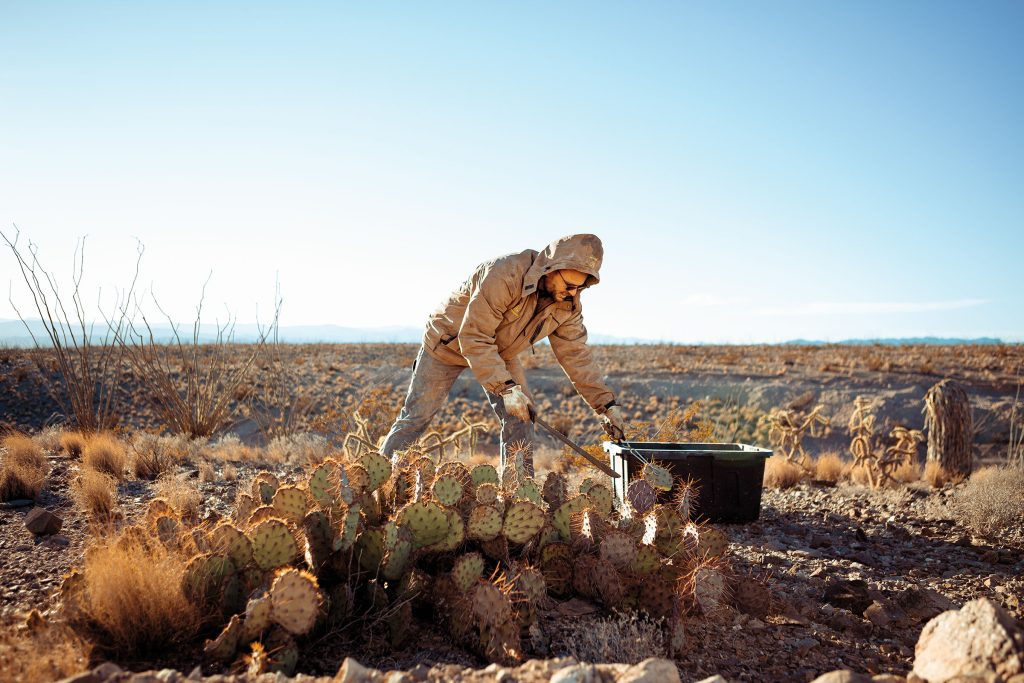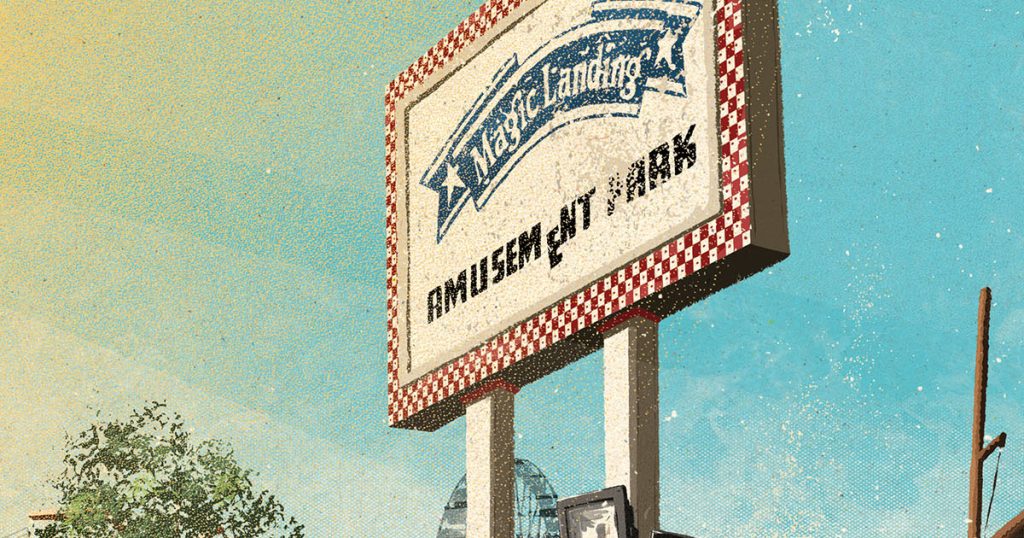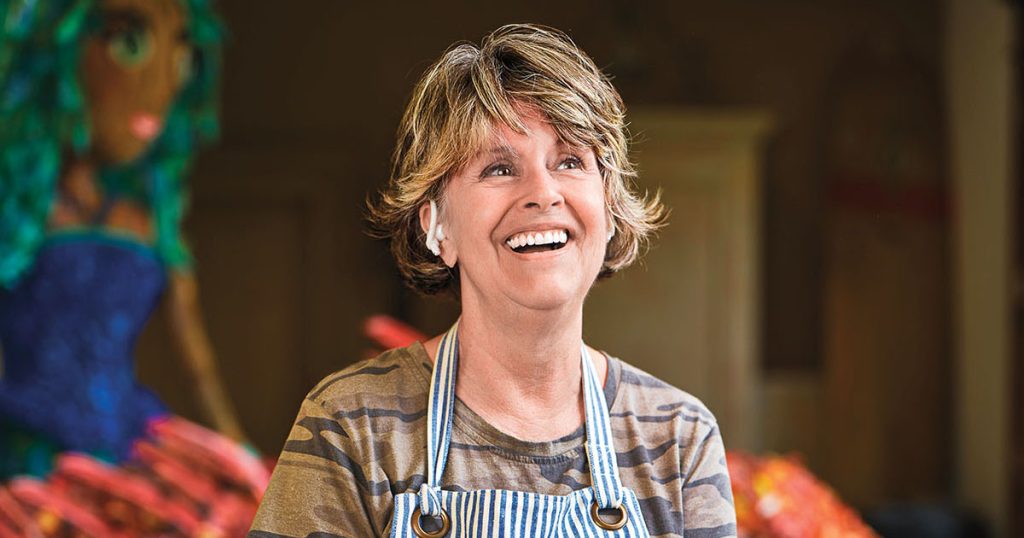Captain Tammie Jo Shults wasn’t supposed to fly that plane that day. But her husband, Dean, a fellow Southwest Airlines pilot, knew their son had a track meet at the end of the week and Tammie Jo coached him in the throwing events. So, like he’d done so many other times, Dean switched their schedules to make sure she could get back in time. That’s how Tammie Jo Shults ended up piloting Southwest flight 1380.
The runways at New York’s LaGuardia Airport are usually a mess of congestion, but that morning, April 17, 2018, Shults and First Officer Darren Ellisor were cleared for takeoff before they even got to the runway. Within minutes, the Boeing 737-700 was up into the clear spring sky, heading for Dallas. The New York City skyline faded behind them. The trip was supposed to take about three and a half hours. At first it seemed like the thousands of other flights Shults had flown in her 30-plus years as a pilot.
About 20 minutes in, though, as they climbed past 32,000 feet somewhere over Eastern Pennsylvania, there was a sudden, life-changing explosion. In the cockpit, it felt like another plane had hit them on the left. They were thrown sideways with a force Shults had never experienced, even in simulators, and now they could feel the plane skidding through the air. Then everything started shuddering so hard they couldn’t read the instruments. The whole world was a violent blur. Within seconds, the aircraft was diving toward the earth and starting to roll. That’s how Shults knew they’d lost an engine.
Within seconds, the aircraft was diving toward the Earth and starting to roll. That’s how Shults knew they’d lost an engine.
Nobody in the main cabin could have known what an extraordinary person was captaining the plane. Shults had flown for Southwest for more than 20 years by then. Before that, she’d been one of the first few female fighter pilots in the Navy, a station she achieved through incredible skill, determination, and grace. She’s also a mother of two and longtime Sunday school teacher from Boerne, a quaint town in the Hill Country.
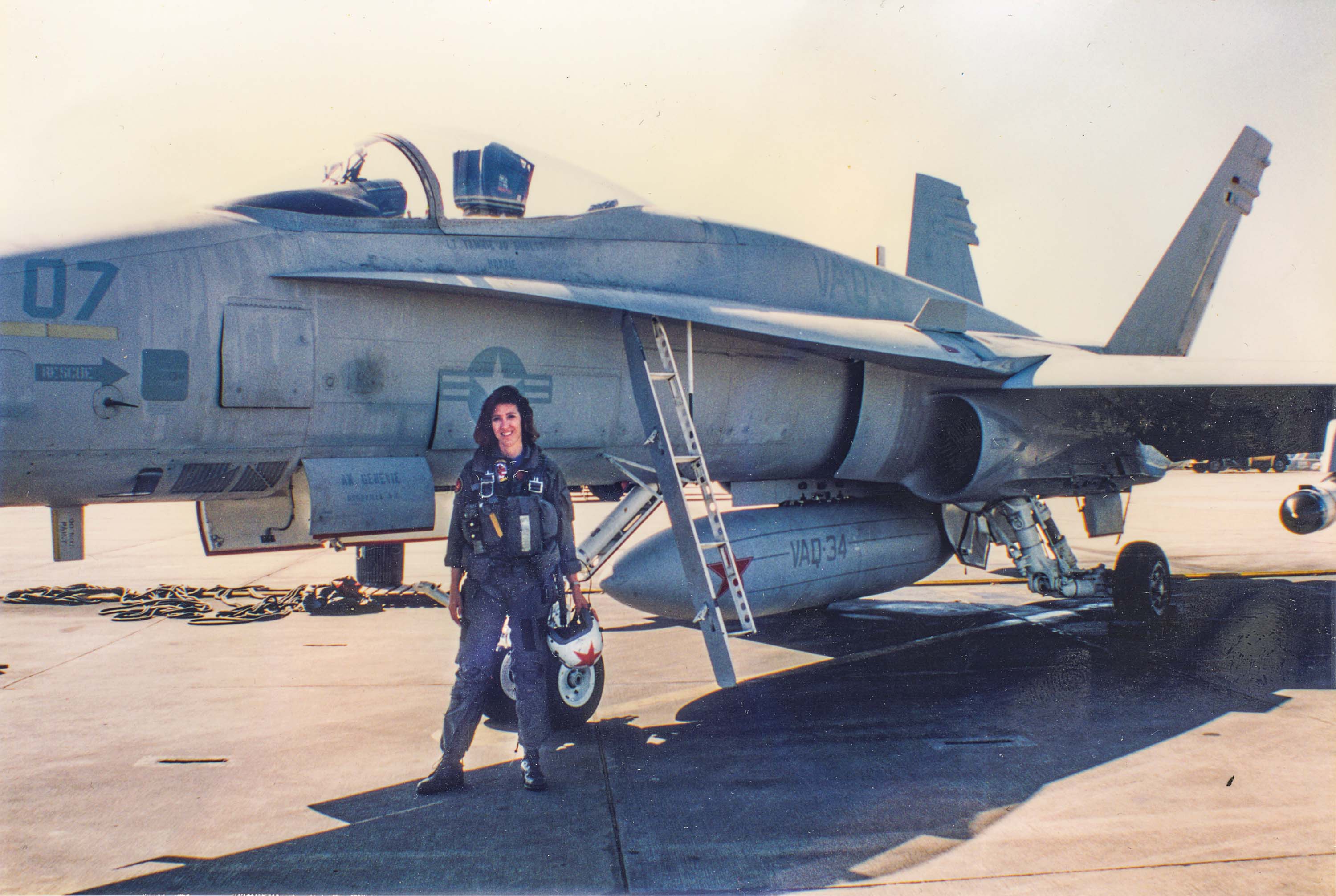
As she and Ellisor struggled to get the plane upright, Shults noticed smoke coming in from the air conditioning system. She could barely breathe. She didn’t know it at the time, but a window in row 14 had blown out behind a wing, and the cabin was quickly depressurizing. The sound was a blistering, unconquerable roar, like ice picks through the eardrums of everyone on board. There was also a cockpit alarm blaring, warning them about the loss of oxygen.
In that moment, time slowed down for Captain Shults. Ellisor reduced their airspeed, which mostly stopped the intense vibrations. One at a time the captain and first officer put on their oxygen masks, making sure at least one of them had eyes on the plane at all times. They also started talking to the local air traffic control.
At this point, nobody in the crew knew what happened or how far the plane could fly, but Shults knew they needed to land as soon as possible. Ellisor spotted the Philadelphia airport on the radar, about 50 miles away. It was familiar: Southwest flies to Philadelphia, so both the captain and first officer had landed there hundreds of times. Philadelphia also has long runways, emergency medical capabilities, and a metropolitan fire department. In a calm, firm voice, Shults told the passengers that they were landing there.
In the first five minutes, the plane descended about 19,000 feet, at a rate more than twice as fast as usual. They were near 8,000 feet when the flight attendants told the cockpit what had happened in row 14.
In recordings from that day, Captain Shults sounds astonishingly calm. Matter-of-fact even. At one point, as they got closer to Philadelphia, she asked the air traffic controller to have ambulances meet the plane on the runway, noting that they have injured passengers.
“Is your airplane physically on fire?” the air traffic controller asked.
“No, it’s not on fire,” Shults said, as composed as someone chatting about the weather. “But part of it’s missing.”
A pause stretched on for several seconds. The air traffic controller had no response.
Shults continued: “They said there’s a hole and someone went out.”
“Um, I’m sorry,” the air traffic controller replied. “You said there’s a hole and somebody went out?”
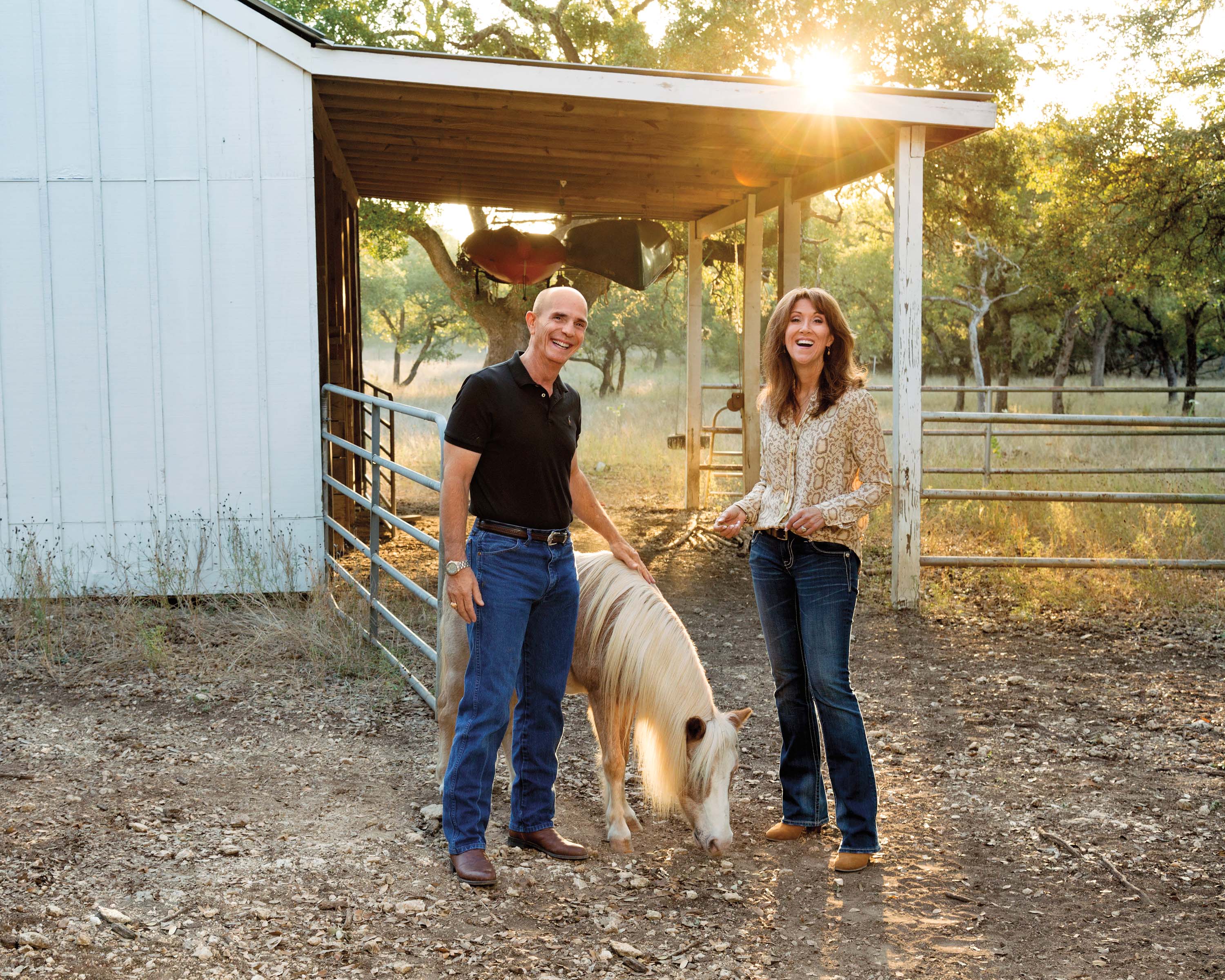
Just Plane Smart
When the story of flight 1380 first broke, the residents of Boerne weren’t too surprised. They’d known how special Shults was for years. Staci Thompson, a longtime friend of Shults’ from her church in Boerne, told reporters the pilot has always had “a very soft spirit.” Even wild animals would approach her, unafraid. Robert Bruce, who owns the small airfield in Boerne where Tammie Jo and Dean kept their personal plane for years, said she wasn’t “the type to panic.”
Born Tammie Jo Bonnell, in 1961, she grew up in rural New Mexico, not far from Holloman Air Force Base. As a kid she’d gaze up at the sleek, white fighter jets chasing each other through the open skies above her. She read books about legendary female aviators like Beryl Markham and Amelia Earhart. She loved Jungle Pilot, a biography of Nate Saint, a missionary pilot who flew medicine and food to remote villages in Ecuador. By the time she took her first flight—on a school trip to Washington, D.C., her junior year of high school—she already knew flying was what she wanted to do when she grew up.
At a career day during her senior year, though, an Air Force pilot told her “girls don’t fly for a living, and this is career day, not hobby day.” A guidance counselor at school agreed. This sort of thing would become a theme throughout her career. But her parents raised her to be, as she puts it, “blind to such nonsense.”
She decided to go to college to be a veterinarian. but she still yearned to fly. Then, her senior year of college, she met a female pilot in the Air Force. Her dream suddenly seemed possible.
She grew up riding horses and loved animals, so she decided to go to college to be a veterinarian. But she still yearned to fly. Then, her senior year of college, she met a female pilot in the Air Force. Her dream suddenly seemed possible. But her local Air Force recruiters turned her away. Same with the Army and Navy. Undeterred, she started taking private flying lessons. Then she talked to a different Navy recruiter who was happy to sign her up.
She went to Aviation Officer Candidate School, then flight school. For two years, she was the only woman in any of her squadrons. But after a few years she was certified to pilot an array of Navy jets. Still, during the first Gulf War, when her male peers were flying missions over Iraq, she had to stay stateside, working as an aggressor pilot, simulating the “bad guys” in training—because women weren’t allowed in combat.
There were other times she was completely left out, overtly discriminated against, told she couldn’t do what the men could. Mostly, she tried to put those things out of her mind. Life was interesting, fun, despite the obstacles. In the late ’80s, she started dating a fellow Navy pilot named Dean Shults. He was in the squadron she was instructing at the time and also went to her church. They got married a few months later, then both left the Navy to fly for Southwest and start a family.
They moved into a new antebellum-style home on 5 acres in Boerne, a little more than half an hour outside San Antonio. She taught Sunday school at their church and became the kind of person who makes friends with the staff of her favorite restaurants in town and invites hurricane refugees to stay in her guest house. The type who, wherever she was in the world, no matter what she was doing, would stop for a calm moment of quiet prayer every morning.
Not that she was always composed. She was the kind of mother who, in her words, “spins up” when one of her kids would leave a dirty dish on the table. She and Dean dealt with life’s troubles: health issues, work stress, all the ups and downs of parenting. But by 2018, it seemed like things were slowing down. Their daughter, Sydney, was starting a family of her own. Their son, Marshall, got his pilot’s license and entered the Air Force Academy. Life felt peaceful.
Then came that fateful flight.
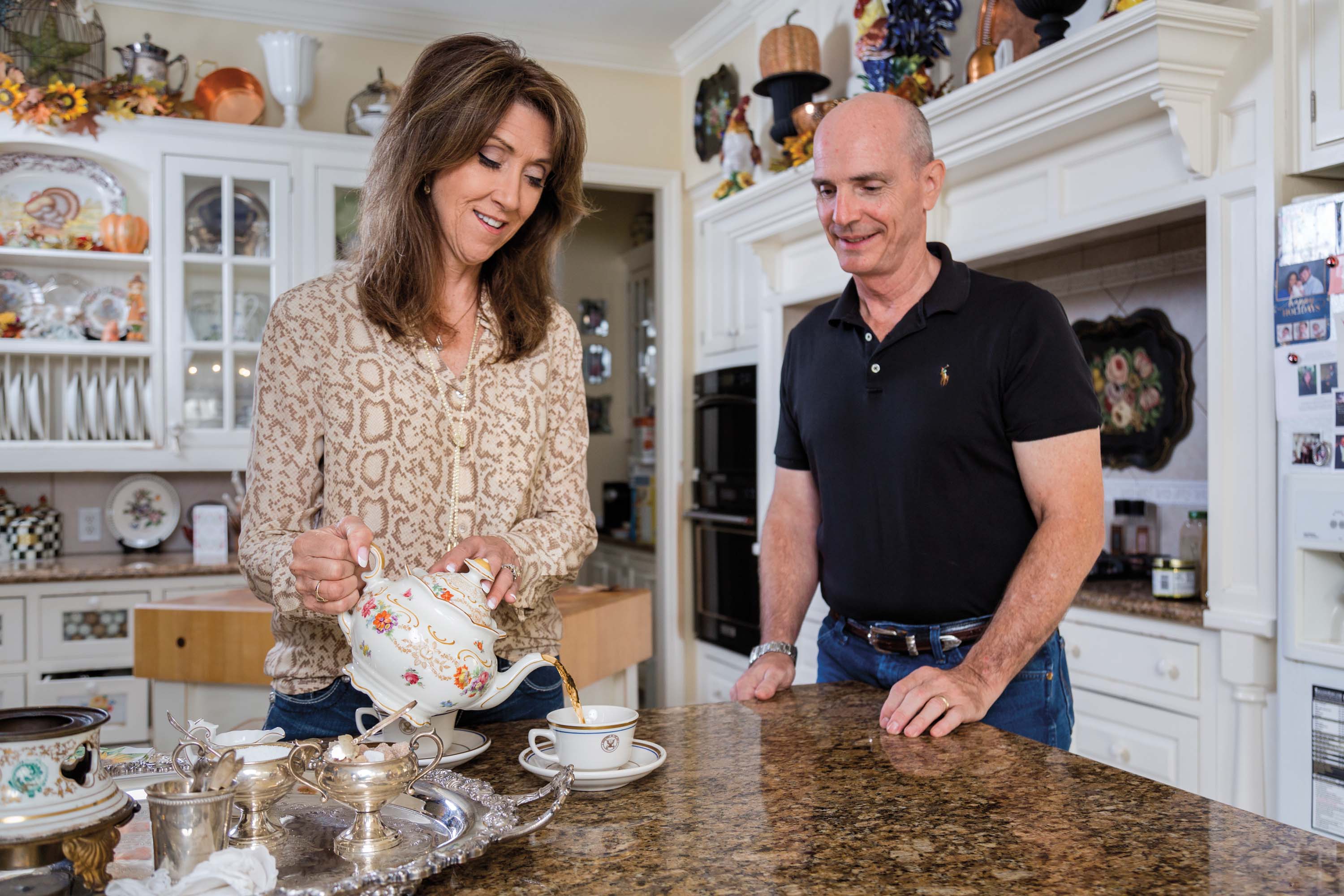
Help from above
Southwest Airlines has been a fixture in Texas for more than five decades. It started as a low-cost regional airline. The Dallas-based company has famously embraced a Texan vibe at every turn, creating a company culture that seems to embody the word howdy. It became the fun airline, the type of place a regular passenger would recognize the flight attendants. Where you came to expect jokes or songs over the PA system and free drinks on holidays. Southwest was featured regularly on many “Best Companies to Work For” lists.
Now Southwest flies more passengers domestically than any other airline, and the ethos hasn’t changed much. It’s also been one of the safest airlines in America since its founding. Before flight 1380, Southwest had never had an onboard fatal accident in the company’s five decades of operation.
In fact, commercial flight has become so safe and ubiquitous that sometimes it’s easy to forget what an incredible feat it is to launch a machine the size of a small train tens of thousands of feet into the air and thousands of miles around the globe—all while the people aboard the plane eat, sleep, read, and watch movies. It had been nearly 10 years since a commercial passenger flight crashed in the United States.
Boerne for Beginners
When Captain Shults isn’t flying, she’s enjoying all that Boerne has to offer. Here are a few of her favorite spots:
259 Brantley’s Bistro
“It’s my favorite place to eat.”
Sno Biz Hawaiian Shaved Ice
“We’ve enjoyed Ms. Sandy and her shaved ice since the month we moved to Boerne, 18 years ago.”
Mary’s Tacos
“The best breakfast tacos in town.”
Hungry Horse
“The largest selection of sides I’ve ever seen.”
Traditions at the Depot
“The sweetest Texas hospitality.”
Boerne Pilates
“It’s an amazing place to keep in shape, and what you wear is the last thing anyone cares about.”
There were 144 passengers on-board the morning of flight 1380, and five crew members, including Shults. Ellisor, Shults’ co-pilot, was a former Air Force pilot she’d flown with the day before. It was his turn to fly, so he controlled the plane most of the way down. But in emergencies the captain lands the plane, so Shults took over as they closed in on Philadelphia.
With only one engine, limited power, and a strong drag to the left, Shults knew she’d only have one chance to approach the runway. As she lined up to land, the cockpit voice recorder caught her saying, softly, “Heavenly Father.”
She could see the firetrucks at the end of the runway. The plane slowed as it approached, but at 700 feet in the air it was still going nearly 200 miles per hour—much faster than the 160 mph on a usual landing. In the cabin, the three flight attendants instructed passengers to brace. Then, roughly 20 minutes after the explosion at 32,000 feet, flight 1380 was safely back on the ground. She wouldn’t remember saying it, but on the voice recorder Shults says, “Thank you, thank you, Lord.”
Throughout the flight, several passengers worked to get Jennifer Riordan, the injured passenger in row 14, back inside the plane. The 43-year-old mother of two, a Wells Fargo executive from Albuquerque, New Mexico, had been on her way home to see her son’s baseball game. She was eventually retrieved, but the blunt force from shrapnel and other hardware proved too much. She was taken to the nearest hospital yet she never regained consciousness.
As the plane sat there on the runway, Shults walked down the aisle to check on the passengers. She expected a panicked mob, anxious to exit. But there was none of that. Most people were solemn, quiet. She heard one man say he wanted to “shake the hand of the man who landed this bird.” As the passengers deplaned, Shults hugged nearly every one of them.
Hope Floats
A year and a half after that flight, Shults is sitting at her kitchen table in Boerne, talking about that day with yet another reporter. She is a reluctant hero. She offers a choice of teas she’s blended herself, then heats the water in an antique kettle over a candle flame, mindful to strain the caffeine. She’s careful in conversation, similar to how she is at the helm of an airplane.
She says she’s uncomfortable with the attention, stressing that she didn’t act alone that day. She notes the bravery and quick thinking of the other people on-board: how the flight attendants risked injury to help passengers, how Ellisor handled the moment with poise, how fellow passengers tried diligently to bring Riordan back into the plane and then performed CPR on her.
As relieved as she is that the plane didn’t crash, Shults knows that the survival of many still doesn’t eclipse the death of one. Dean has reminded her that it’s possible to grieve and rejoice at the same time. He pointed to a quote from Ecclesiastes: “There is a time for everything … a time to weep and a time to laugh, a time to mourn and a time to dance.” That helped.
“When you can put something into words,” she says, “it doesn’t stir around and bother you.”
Shults says her own composure that day was a result of both her training and her spiritual life.
“I had that isolated moment in time, and I did think that was going to be the day I met my maker,” she says. “That headlong rush to that cliff of ‘What if’ stopped short at that thought, and I realized I wouldn’t be meeting a stranger. That really gave me a calm.”
Her voice has the same cool, measured cadence from the recording.
After the flight, there were investigations by the Federal Aviation Administration and the National Transportation Safety Board. The FBI wanted to know if the explosion was terror-related. It wasn’t. For hours after the landing, the crew was quarantined, questioned, and drug-tested. Reports would later show that a fan blade in the engine under the left wing had spontaneously failed, leading to the catastrophic explosion. Part of the engine casing was blown against the wing and the fuselage, shattering the window next to row 14. In the end, it was an extraordinarily rare equipment malfunction. The people aboard were lucky to have Captain Shults piloting that day.
Here’s how Ellisor later put it: “Tammie Jo is more than a hero; she is a role model to young and old, in her community and across the country.”
The airline gave each passenger aboard $5,000 and a $1,000 voucher for future travel. The crew members were told to take off for as long as they needed. Dean was told to take time off, too, to be with his wife.
Shults was back in the air a few weeks later. She missed flying: the rituals, the mental acuity required, the serene calm of soaring above the clouds.
Life now is strange. She’s met the president and Jeff Bezos. She’d always been a pioneer in her field, but there were never many interviews until flight 1380. Now it’s a regular thing. She does some public speaking—something that nothing in her life prepared her for.
“It’s far more pressure than flying an airplane with an exploded engine,” she jokes.
She also had a book published in October, Nerves of Steel, which chronicles that terrifying morning and everything in her life that led up to it. She’s spoken to a big-name Hollywood director about possibly adapting her story into a movie.
For Captain Tammie Jo Shults, her tale boils down to hope. When she was a kid watching the skies, when she faced challenges in her career, when she thought she was going to die on a flight from New York to Dallas. There was always hope. It’s what she was giving her passengers when she announced that they were landing in Philadelphia. It’s what she gives everyone who hears her story.
“Hope doesn’t change our circumstances,” she says. “It changes us.”
